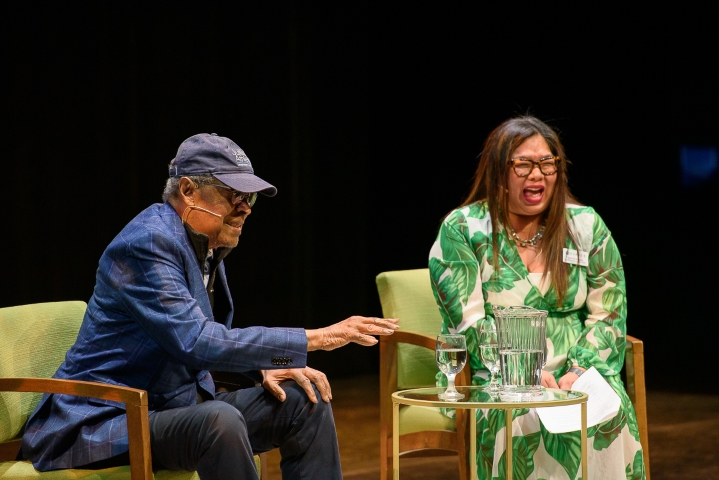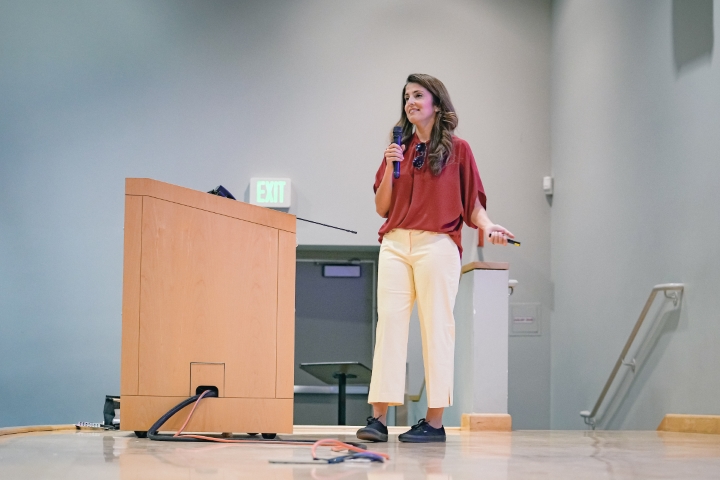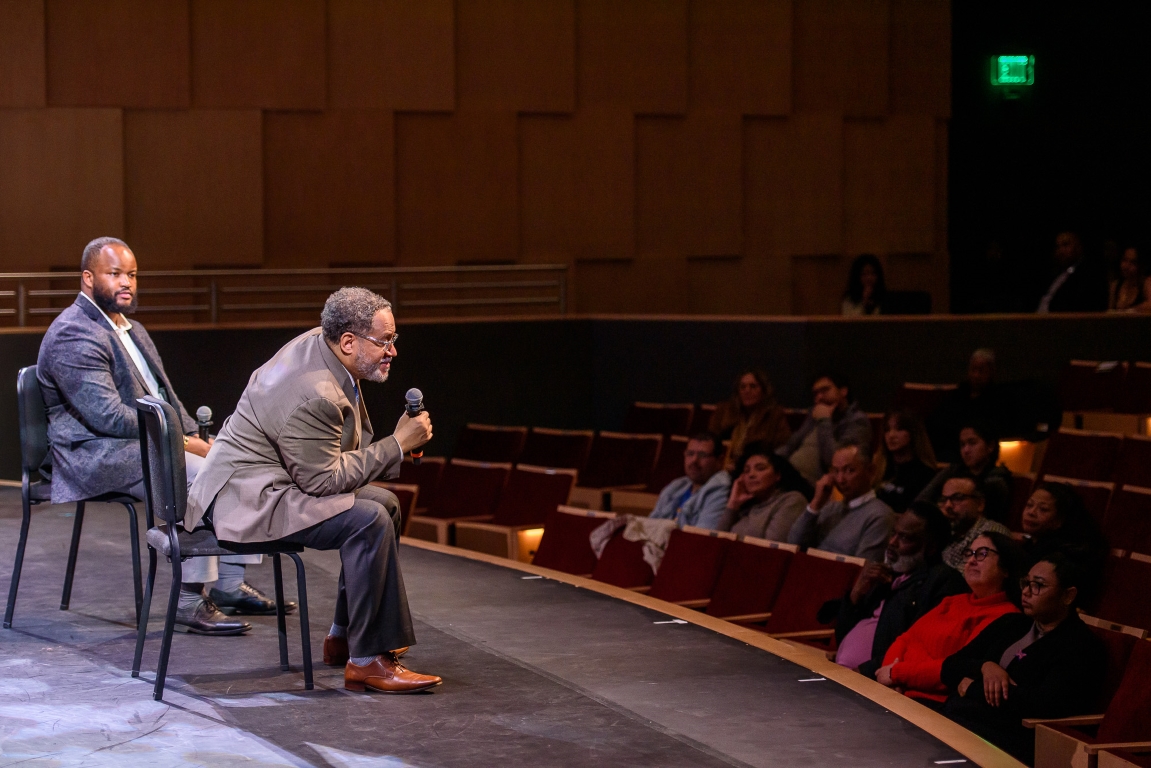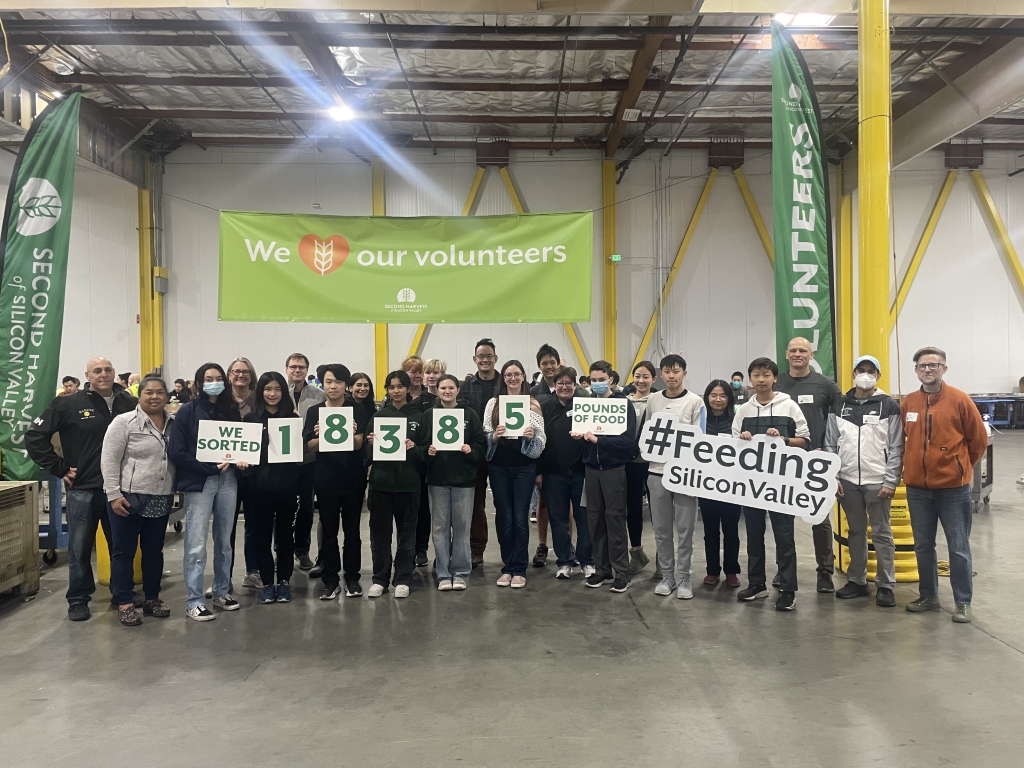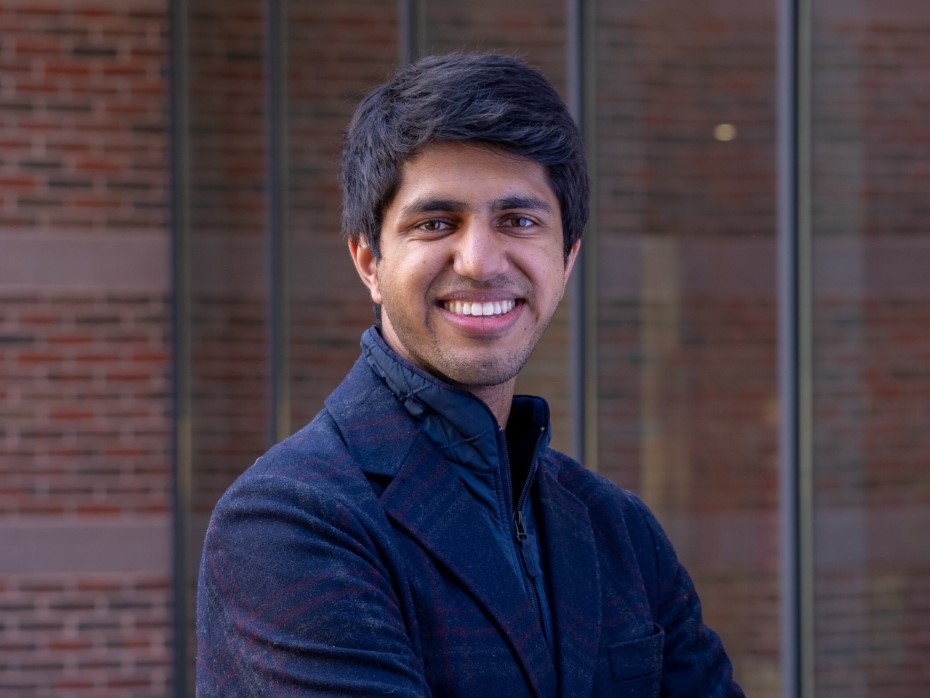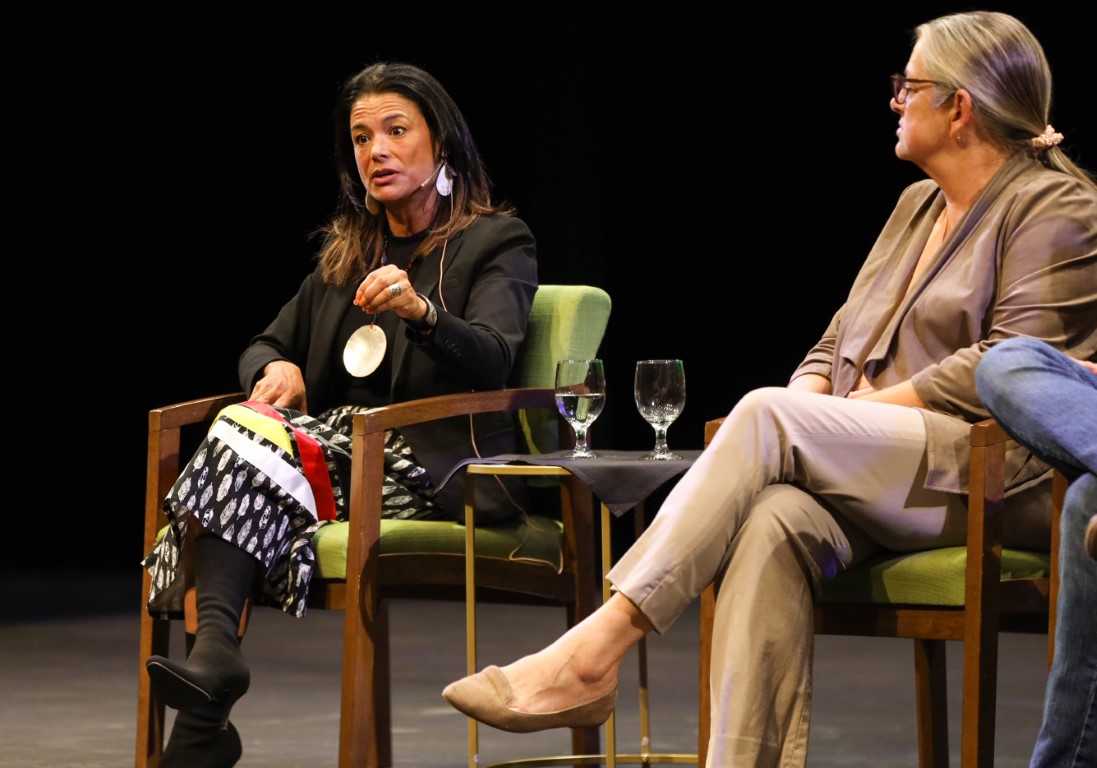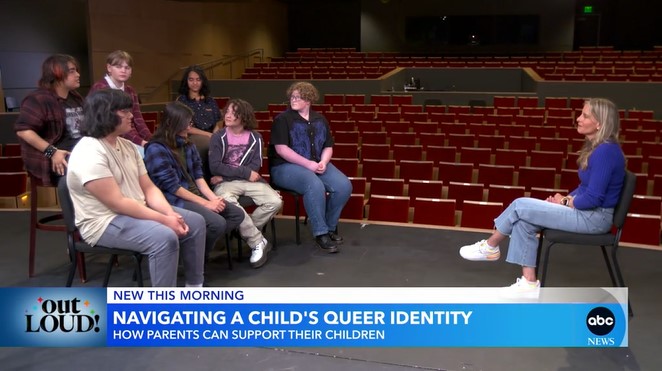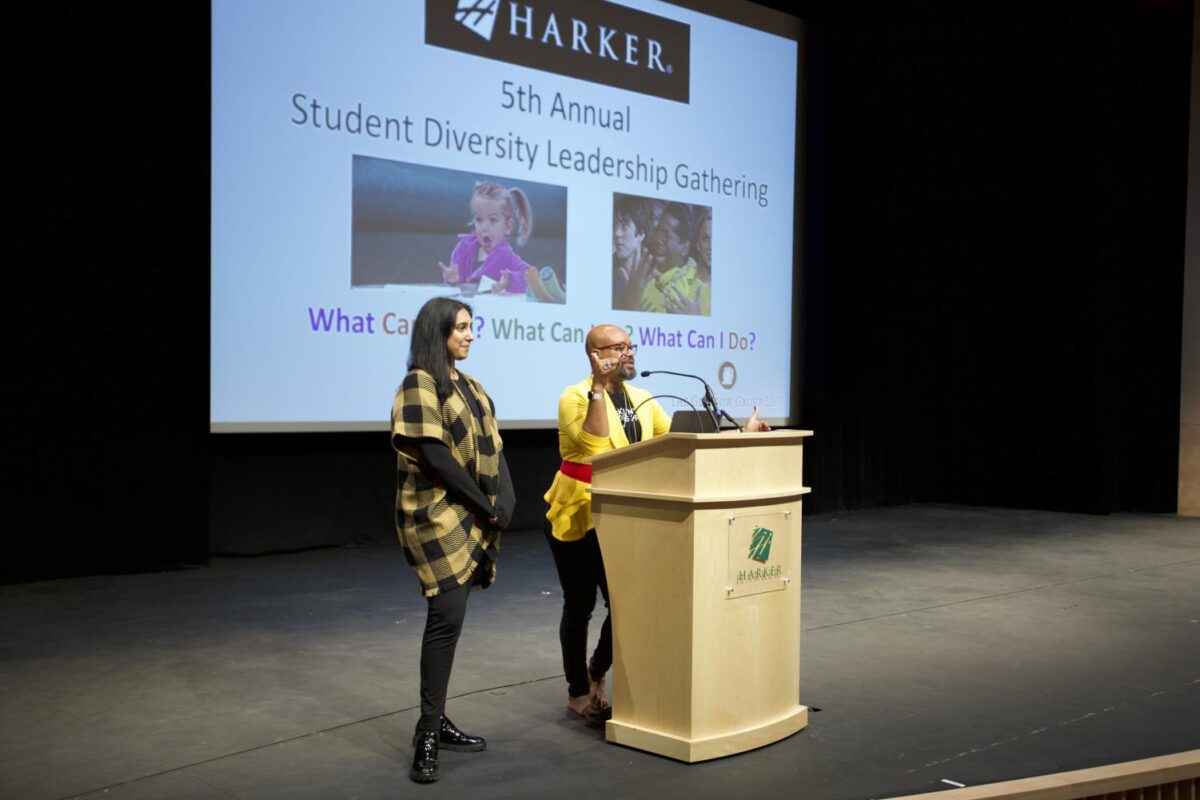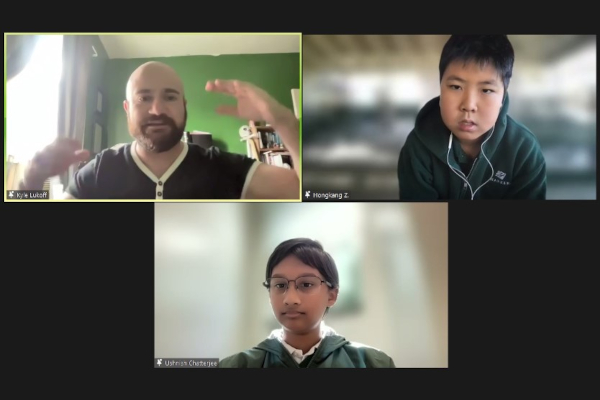On Sat., Feb. 22, Harker hosted the Student Diversity Leadership Gathering and Leadership Summit, which featured a series of workshops and guest speakers on diversity, equity and inclusion initiatives.
DEI
Clarence B. Jones shares experiences and lessons at second annual MLK Jr. celebration
Harker held its second annual Martin Luther King, Jr. celebration featuring Dr. Clarence B. Jones, who served as King’s lawyer and speechwriter.
Harker Aquila: Students practice empathy and media literacy during Day of Understanding
The Day of Understanding, held at the upper school on Nov. 8, led a group of 60 students through activities designed to promote media literacy and cross-cultural empathy.
Dr. Michael Eric Dyson addresses ‘United States of Amnesia’ at Harker Speaker Series
Hundreds arrived at the Rothschild Performing Arts Center on Friday night for the special Harker Speaker Series event with Dr. Michael Eric Dyson.
Inaugural Day of Service attracts volunteers from across Harker community
As the country celebrated Martin Luther King Jr. Day, nearly 140 Harker students, parents and staff volunteered for several local organizations to recognize the holiday’s designation as a Day of Service.
Simar Bajaj ’20 awarded prestigious Marshall Scholarship, bound for Oxford
The award-winning journalist will study global health science and epidemiology, while also investigating treatment for socially stigmatized diseases.
Panel discusses Muwekma Ohlone tribe’s ongoing fight for federal recognition
A panel of experts on Bay Area Indigenous history was joined by Charlene Nijmeh, chairwoman of the Muwekma Ohline tribe on Nov. 2 for the first event of this year’s Harker Speaker Series.
ABC airs “Good Morning America” segment on LGBTQ+ youth filmed at Harker
ABC’s Good Morning America aired a segment on parents learning how to support their LGBTQ+ children.
Harker Aquila: SDC organizes Student Diversity Leadership Gathering
Head over to Harker Aquila for the full coverage of the fifth annual SDLG.
Author Kyle Lukoff talks writing in Zoom appearance
Author Kyle Lukoff spoke to middle school students on a special Zoom appearance, talking about his 2021 novel, “Too Bright to See.”

